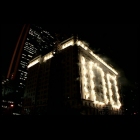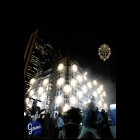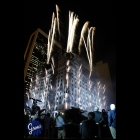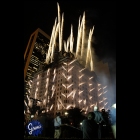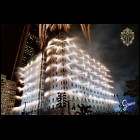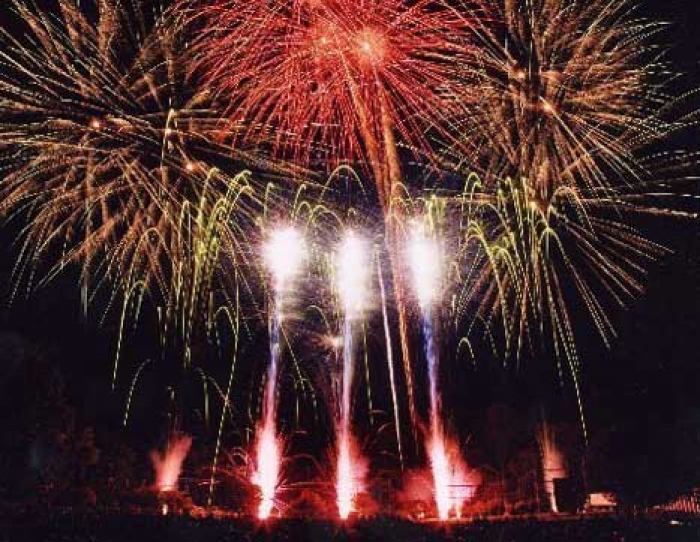
WILMINGTON, DELAWARE - Each year, Hagley Museum and Library present a pyrotechnic masterpiece that weaves together a story illustrated through music, narration, aerial shells and intricate set pieces. On June 15 and 22, 2007 in honor of the museum’s 50th anniversary, the Hagley fireworks paid special tribute to the 1950s.
One of the main ingredients in fireworks is black powder, which was produced for more than 100 years along the banks of the Brandywine at the DuPont Company’s mills at Hagley. While advances in chemistry transformed DuPont into a modern corporation, advances in the chemistry of pyrotechnics have transformed modern fireworks into a highly-specialized art form.
One frequently asked question is “What makes the colors?” According to Felix "Phil" Grucci, of Fireworks by Grucci, who are produced Hagley’s 2007 show, this is where the importance of chemistry comes in. Pyrotechnic formulas use a fuel, an oxidizer, and in many cases, a color producing agent with a binder or glue.

Specific chemical elements are used to produce the various colors. Strontium is used to produce red, calcium is used for orange, sodium is used for yellow, barium compounds are used for green, and copper is used for blue. Other effects such as glitters, twitters, strobes, and twinkles are created with the use of fine metals, such as aluminum and titanium flake for silver, iron for gold, and magnesium for bright white.
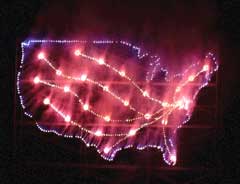
A map of the United States, with Wilmington's location
pinpointed with a star, all done in lancework.
Very few venues, other than Hagley, combine the dynamics of aerial displays with set pieces and ground effects. Set pieces are also referred to as fire paintings. Each set piece has an image on it that when ignited outlines a portrait or picture.
To create the set pieces, bamboo is bent into the desired shape and attached to a lattice frame. The bamboo is secured with small cigarette-sized colored flares called lances.
Each lance is connected together with a black powder fuse that burns 100 feet per second. When the fuse is ignited, all the colored lances burn simultaneously, creating the elaborate images seen at Hagley. Soaring thirty feet high and forty feet wide, Hagley’s set pieces depict scenes that have ranged from a map of the United States, a rocket ship, and Niagara Falls to the Lincoln Memorial and Fred Flintstone.
According to Phil Grucci, “Fireworks at Hagley requires thousands of hours each year developing, test firing, and evaluating the shells and special effects that are manufactured exclusively for this program. It is very important to us to have what we consider the most exciting, dynamic shells and special effects to ‘wow’ the Hagley audience.”
Copyright ©2022 Fireworks by Grucci. All rights and images reserved.



